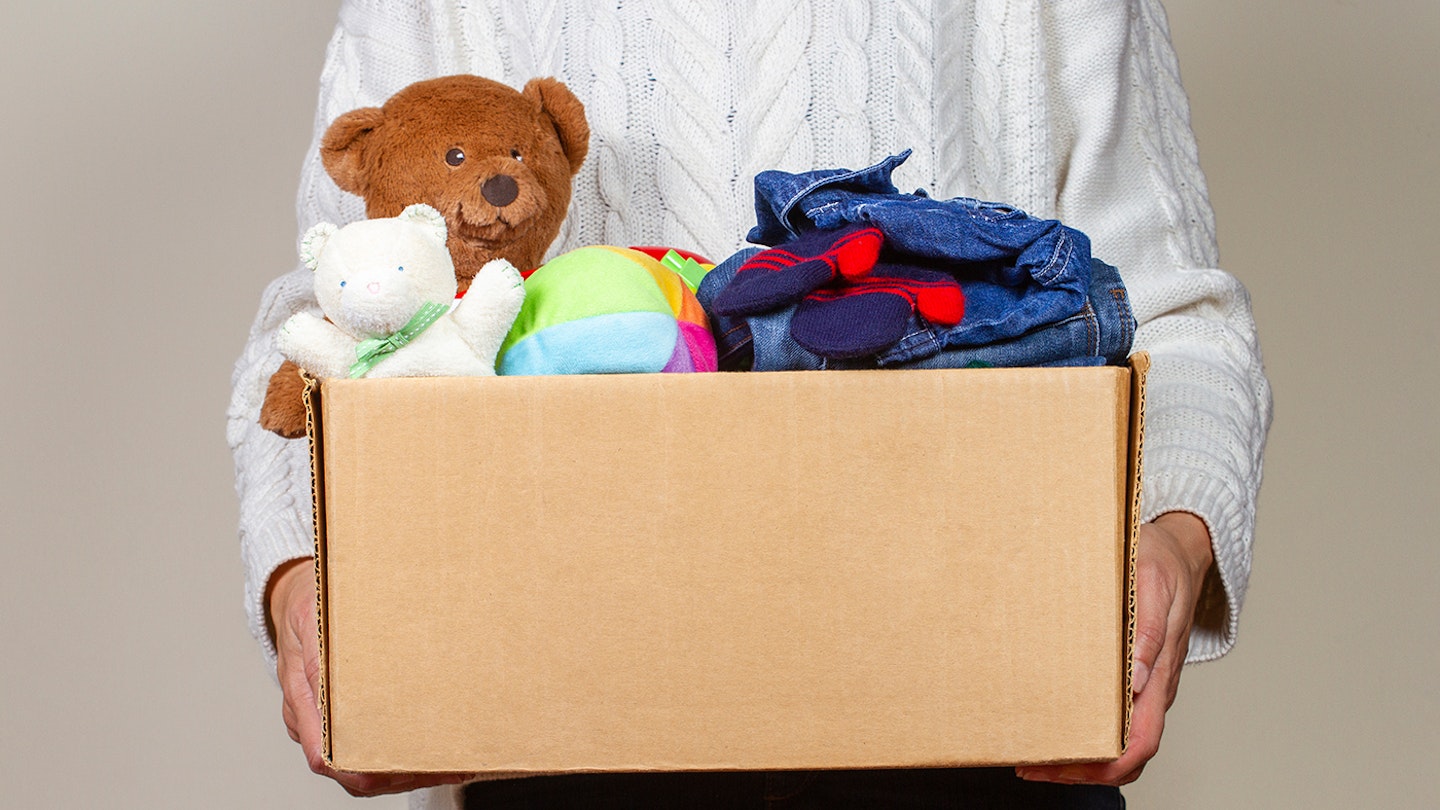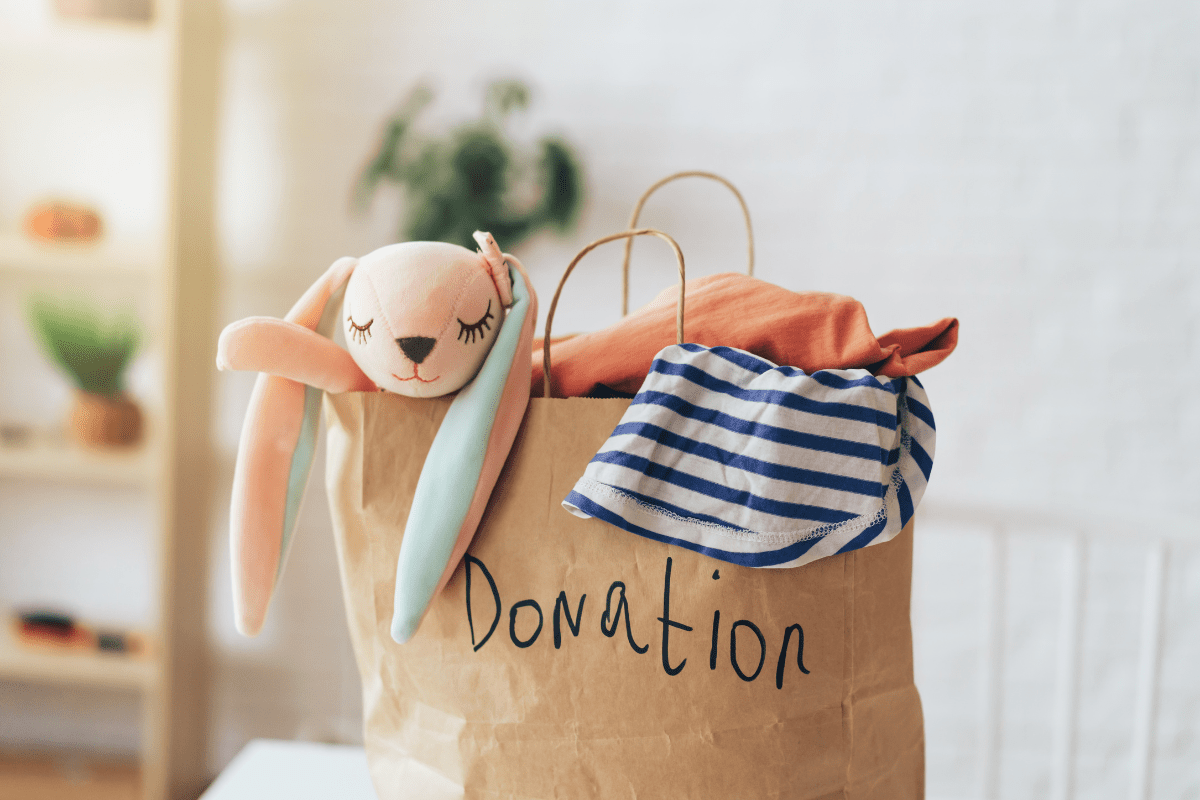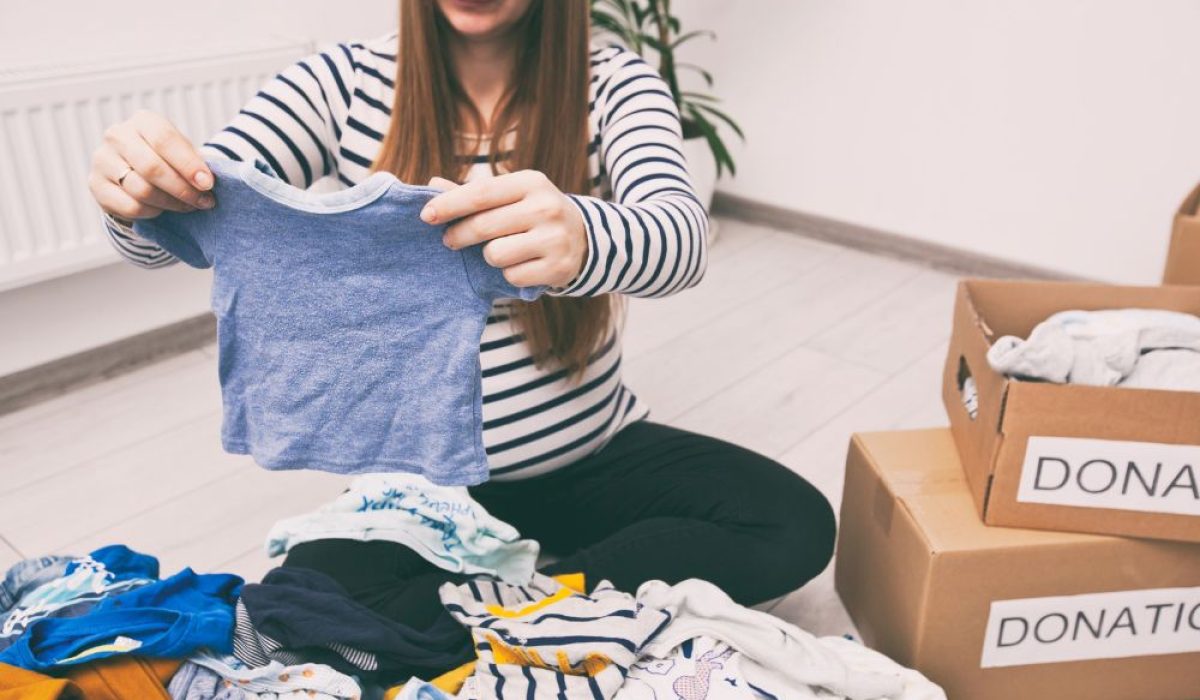How to Organize and Donate Baby Clothes in the U.S.
How to Organize and Donate Baby Clothes in the U.S.
Babies grow quickly, and before you know it, you’ll have a pile of outgrown baby clothes. Instead of letting them take up space, consider organizing and donating them to families in need. Donating baby clothes not only helps others but also supports sustainability and reduces textile waste. Here’s a guide on how to sort, organize, and donate baby clothes in the U.S.
1. How to Organize Outgrown Baby Clothes
Step 1: Sort Clothes by Condition
✔ Like New: Hardly worn, no stains, rips, or damage. ✔ Gently Used: Slight wear but still in good condition. ✔ Too Worn: Stained, torn, or overly stretched (set aside for recycling).
Step 2: Wash and Fold
- Use fragrance-free detergent to clean clothes before donating.
- Fold or neatly pack clothes into bags or boxes for easy distribution.
Step 3: Label & Organize by Size
- Group clothes by newborn, 0-3 months, 3-6 months, 6-12 months, and toddler sizes.
- Consider bundling matching outfits to make donation packs more convenient.
2. Where to Donate Baby Clothes in the U.S.
1. National Charities & Organizations
- Goodwill: Accepts gently used baby clothing and resells at affordable prices.
- Salvation Army: Provides baby clothing to families in need.
- Baby2Baby: Distributes baby essentials to low-income families.
- Cradles to Crayons: Offers free clothing packages to underserved children.
2. Local Donation Centers & Churches
- Women’s Shelters & Crisis Centers: Many shelters support mothers and babies in need.
- Hospitals & NICU Units: Some hospitals accept preemie and newborn clothes.
- Religious Organizations: Many churches and community centers have clothing drives.
3. Online Giving Platforms & Buy Nothing Groups
- Facebook Marketplace & Buy Nothing Groups: Local giveaways with no cost.
- Freecycle: A nationwide network for rehoming items.
- ThredUp & Poshmark (for resale donations): Some platforms allow proceeds to go to charities.
3. What NOT to Donate
🚫 Clothes with holes, stains, or missing buttons. 🚫 Items with recalled materials (check for safety recalls online). 🚫 Used undergarments or baby socks (unless new and unused).
4. Recycling Options for Worn-Out Baby Clothes
If clothes aren’t in good enough condition to donate:
- H&M & Levi’s Take-Back Programs: Accepts old clothes for recycling.
- Textile Recycling Centers: Many cities have fabric recycling drop-offs.
- Repurpose at Home: Turn old onesies into cleaning rags or DIY crafts.
5. Benefits of Donating Baby Clothes
✔ Helps families in need by providing essential baby items. ✔ Reduces waste and promotes eco-friendly parenting. ✔ Clears space in your home while making a positive impact. ✔ Supports community organizations that aid low-income families.
Final Thoughts
Donating baby clothes is a simple yet impactful way to help others while promoting sustainability. By following these tips, you can declutter your home and give back to families in need.
SEO Keywords: where to donate baby clothes USA, organizing baby clothes, baby clothing donation centers, decluttering baby clothes, sustainable parenting, secondhand baby clothes donation, best places to donate baby items
With the right approach, you can turn outgrown baby clothes into a valuable gift for families in need!






Comments